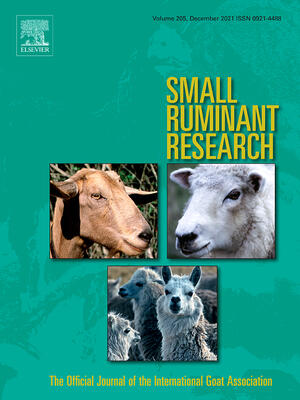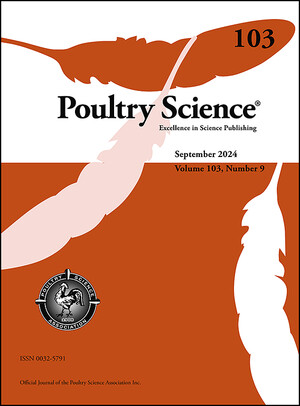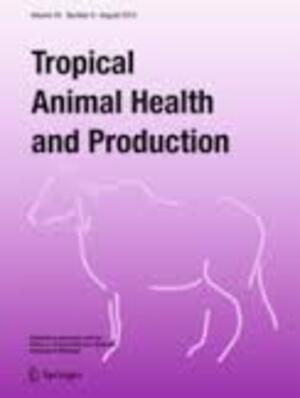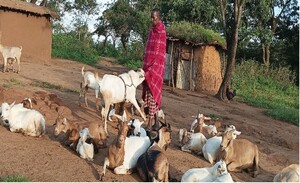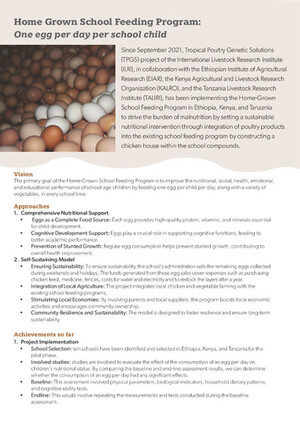
On-station within-breed selection works in Africa: the case of the Horro chicken breeding program in Ethiopia
Abstract
The with-in selection also known as mass-selection has been considered as the less complex approach being applied for many years in livestock species and yielded significant genetic gains. In Africa, the extent to which mass- selection applied in the genetic improvement of chicken for better performance is very limited. Horro breed improvement program in Ethiopia can be a successful attempt to improve an indigenous chicken for farmers’ preferred traits. Age at first egg, Egg production, Body weight, and Survival were identified by local farmers. Since 2008, a with-in a selective breeding program was conducted at the Debre Zeit Agricultural Research Center under station with a breeding goal containing two most important traits; body weight at 16 weeks of age and egg number at 45 weeks of age. An evaluation of the program after 6 generations of selection has shown a 95% increase in body weight and a 123% increase in egg production in the improved strain as compared to unimproved ones. Further, the improved strain had shown a high advantage over the local chicken under farmers management that covers a wider agro-ecologies in Ethiopia under the African Chicken Genetic Gains Program (ACGG). Also, the whole genome sequence of generation 7 chicken has shown a positive signature of selection related to the egg production and immune response and adaptation traits. The development of the Horro breed is a success and the work on the Horro breed will be used as a benchmark for improving other indigenous chicken genetic resources.
Citation
Esatu, W. and Dessie, T. 2019. On-station within-breed selection works in Africa: The case of the Horro chicken breeding program in Ethiopia. Paper presented at the Seventh All Africa conference on Animal Agriculture, Accra, Ghana, 29 July-2 August 2019.





